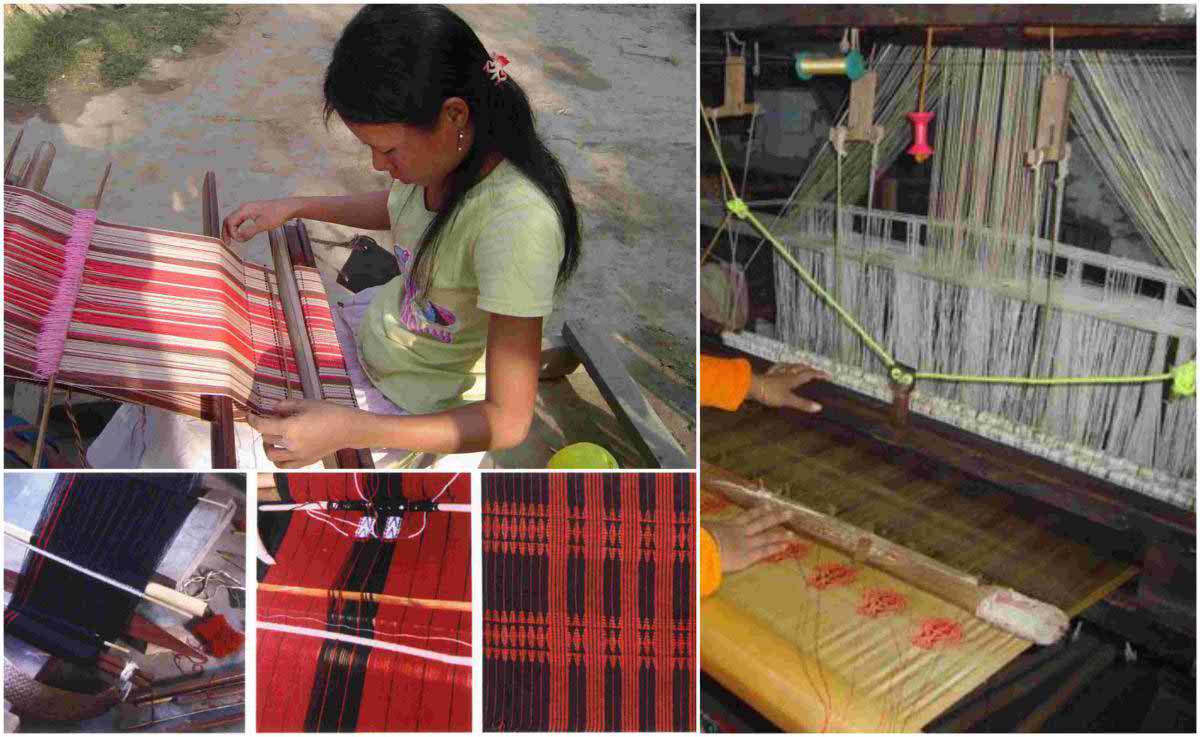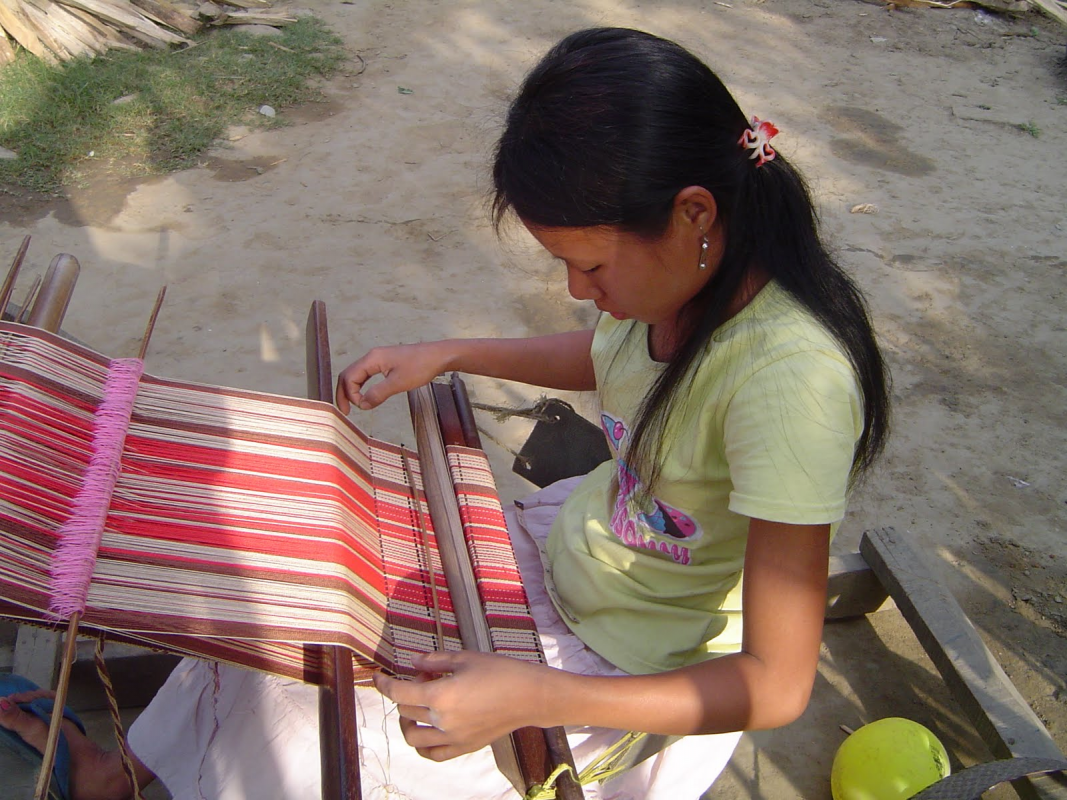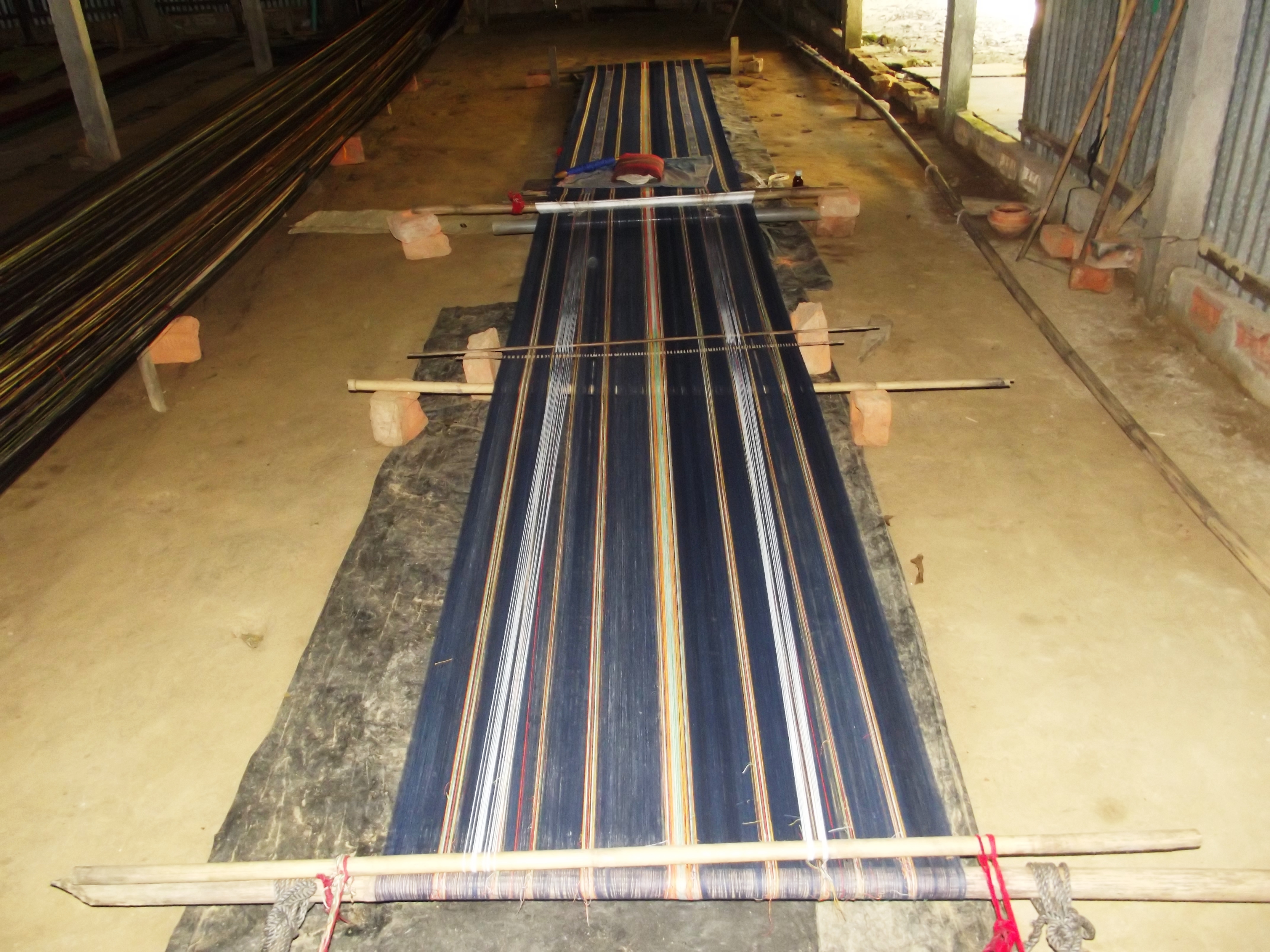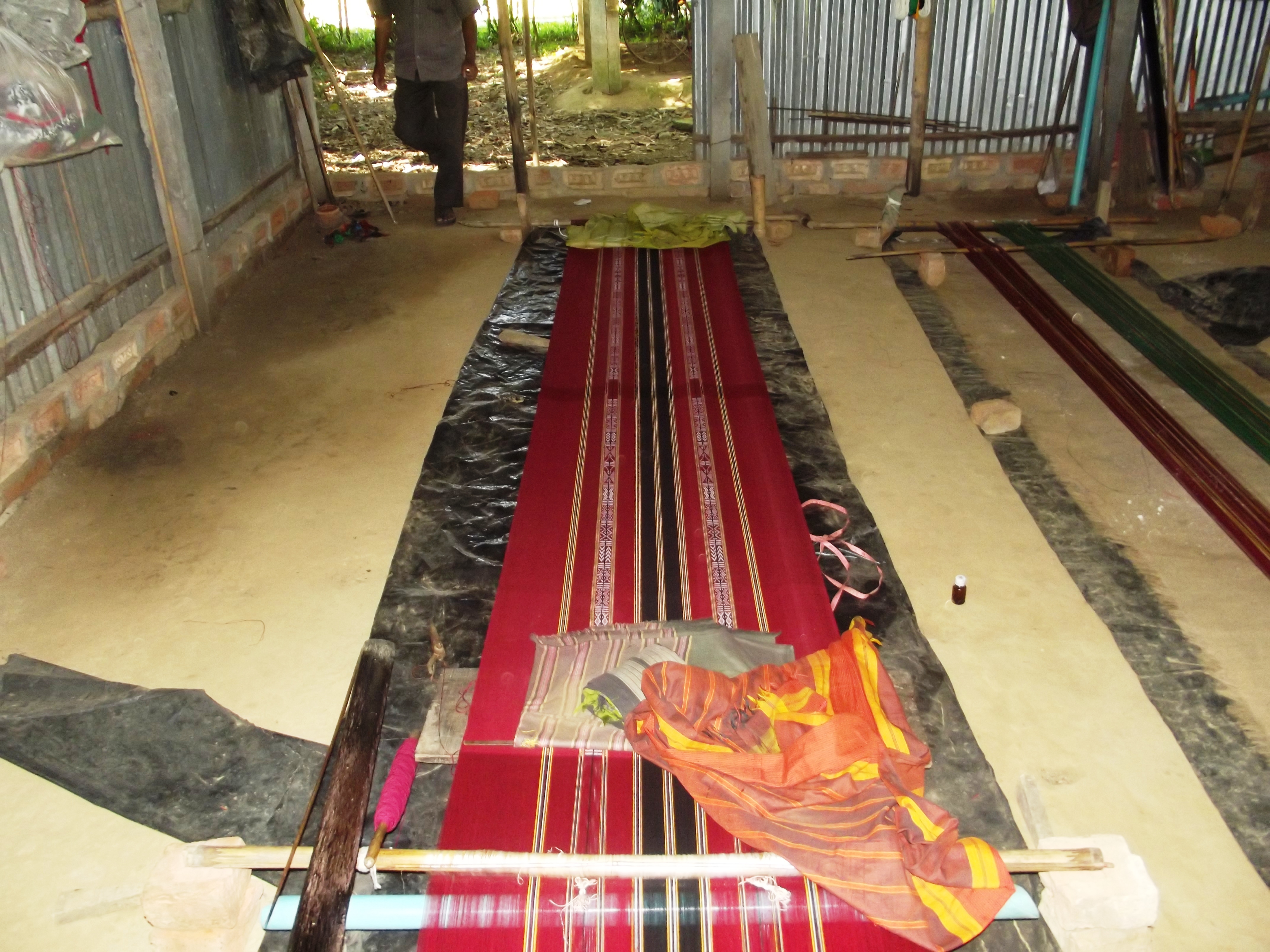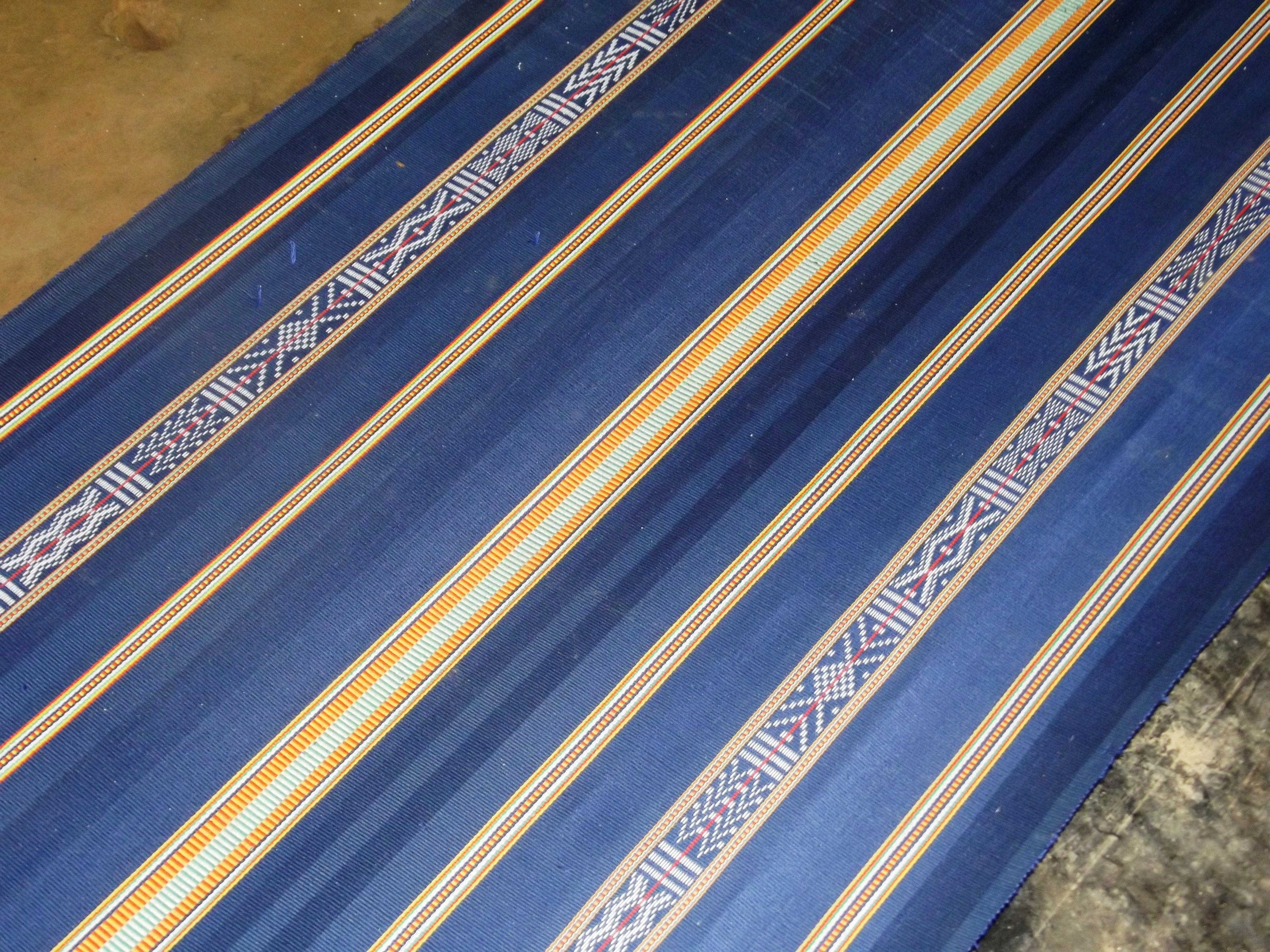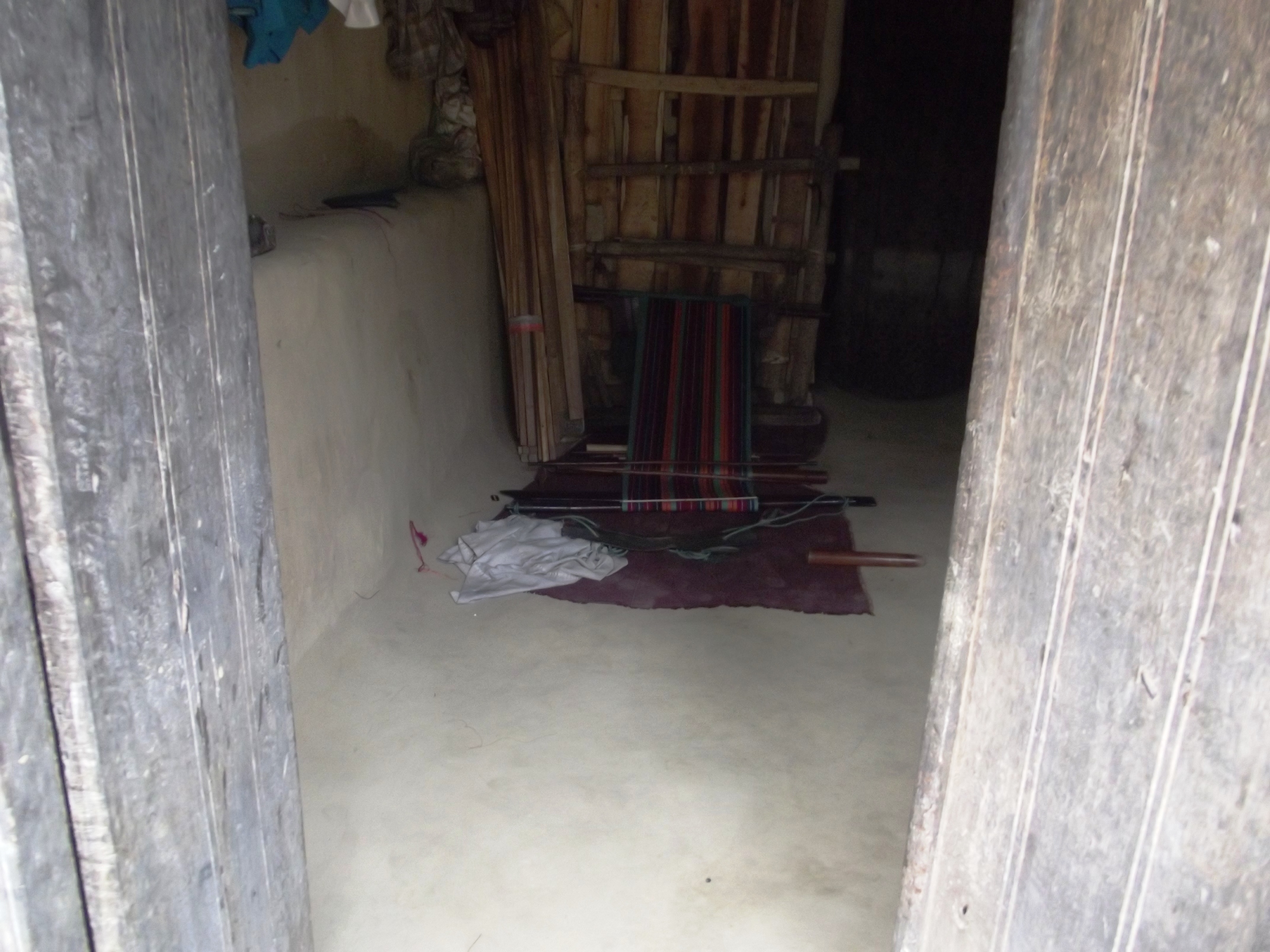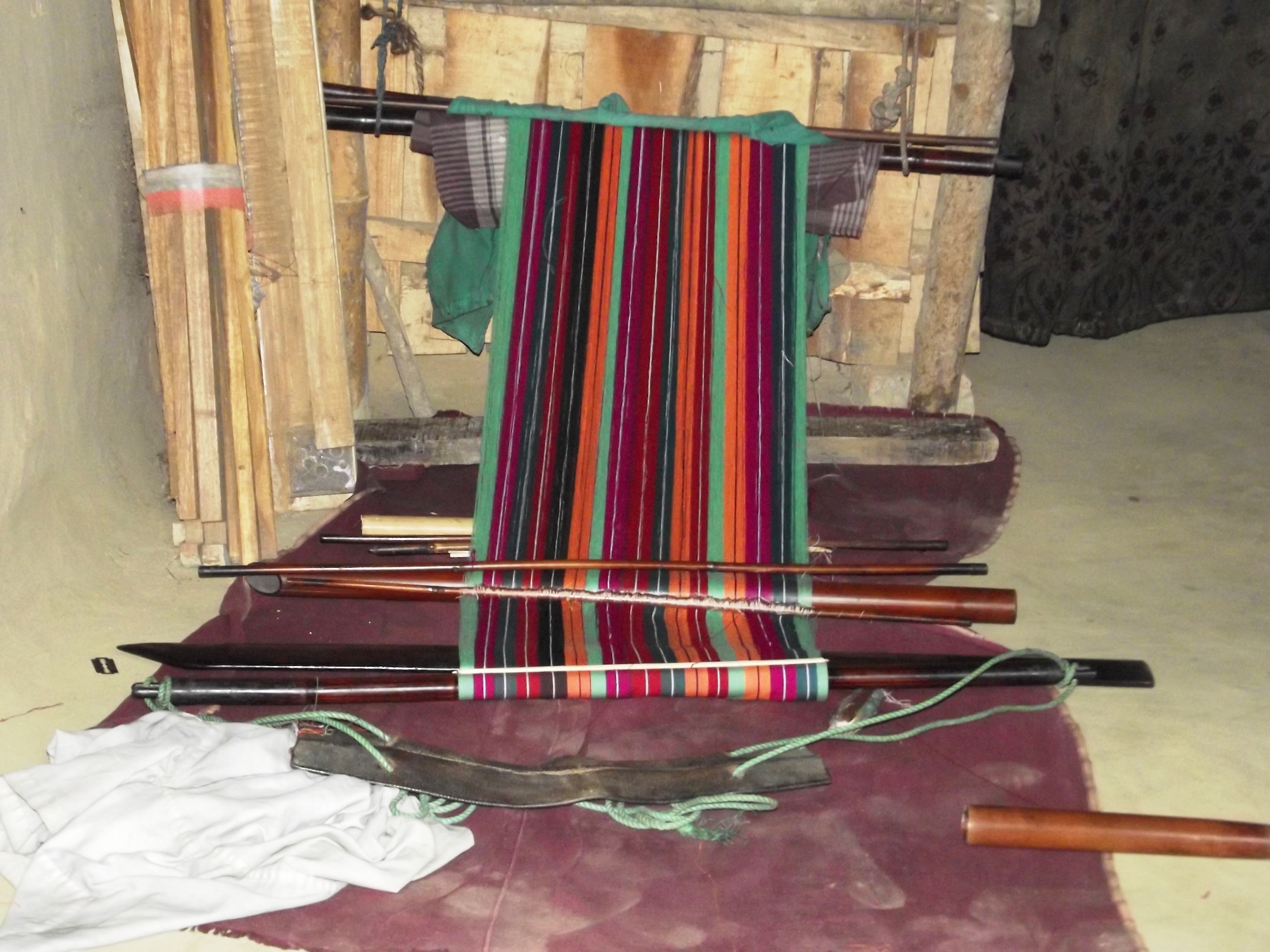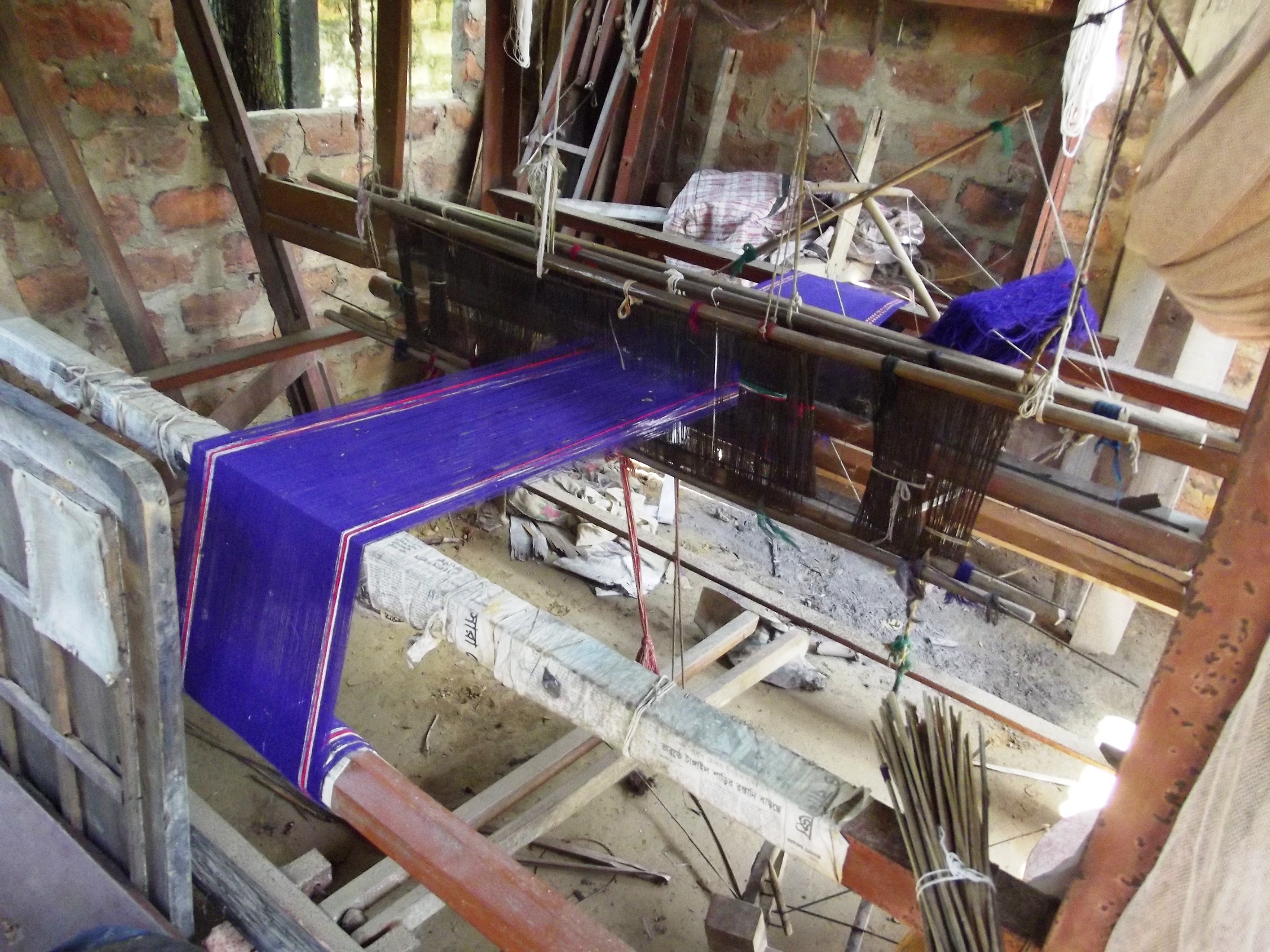Northeast India, along with the indigenous areas of Bangladesh, is a dwelling place for innumerable tribes and their sub-tribes. They have a distinguished and powerful craft tradition of which weaving is one major craft. Each tribe of Northeast India excels in the craft of weaving and their excellence gets a charming, exquisite expression through the many woven products produced by the members of a tribe.
In fact the craft of weaving has played a predominant role in shaping the economic as well as social life of people of India all through the ages. With the advent of modernity, the indigenous crafts like weaving have gradually faded in to the background while other more advanced and technology based crafts like printing, graphic designing etc have come to the fore. However, one part of both India and Bangladesh are still quite untouched by the flattening of modernity and that explains why weaving enjoys a remarkable, continued existence till date in the land of wider Northeast.
To understand the significance of the weaving art in NE India, you need to know about the terrain of the land, the inhabitants of the land and their lifestyle. Weaving in the northeast is not a hobby or a commercial initiative; it makes an integral part of the way of life led by the people and of the customs followed by them.
Northeast India Weaving Art- Background and History
Northeast India has a variegated tribal population with many immigrants coming from the neighboring countries and getting settled in this part of the country for the rest of their life. This has given Northeast India a widely diverse and variegated culture and ethnicity. Northeast India is very much like a fascinating quilt with variegated, enticing patch work. Crafts such as weaving practiced by the people of NE too show multiple characteristics and styles specific to a particular tribe of the land. However, there are certain basic characteristics that remain the same all across the region when it comes to weaving which is a craft inseparably assimilated into the life of the Northeasterns.
Weaving art-A women’s prerogative
In NE India, weaving is a woman’s domain of work quite unlike the other parts of the country where weaving profession is pre-dominated by men. So, whether it is the Monpas or Mishimis or Wanchos or Shardukpens, the tribal wives of the family will shoulder the responsibility of weaving. Northeastern women are actually the clothiers of the region. Among many tribes of the NE, there’s a common belief or rather a social taboo that bars a man from taking up this profession. They hold the belief that weaving is an effeminate handicraft that could make a man lose his vitality and virility if practiced.
Weaving Style of the NE
The “seven sisters” states of the Northeast, namely: Assam, Arunachal Pradesh, Meghalaya, Mizoram, Nagaland, Sikkim and Tripura, along with the bordering indigenous areas of North, Northeast, Southeast Bangladesh, follow a quite distinct weaving style. The kind of loom used in wider NE, especially in the hilly regions, is the “loin loom” which is quite different from the other loom types used in the other parts of India such as pit looms, throw-shuttle and fly-shuttle looms. The use of loin loom imparts Northeast Indian weaving a distinct character, style and look. Loin loom is also used in many other parts of the world such as Guetemala, Mexico and Peru.
Loin Loom Weaving
Loin loom is a cheap and portable, lightweight loom made out of bamboo. Though the loom is a simple one, yet it is potent enough to produce cloths diverse enough in terms of design, texture and color. Each tribe of NE will have at least 2-3 distinct cloth types specific to it. One important feature of Northeastern weaving is that the designs keep evolving with time and are in line with the evolution of culture. Thus, the weavers while weaving take into account the traditional regulations and norms and the new inputs that have been introduced into their ever evolving culture. However, that does not imply that weavers don’t make use of their individual creativity. In fact a Northeastern woven product shows a happy marriage of the weaver’s creativity and the prevalent cultural norms. Generally inspiration for the designs is drawn from various aspects of nature such as flowers, leaves, butterfly and many more.
Use of designs and colors on the woven cloth
The major colors that we get to see in the Northeast Indian tribal cloths are black, white, blue and red. Some tribes give an aesthetic appeal to their woven cloths by mingling two or more colors but in almost all cloths, one could identify a common pattern that consists of several parallel lines occurring in a series. For instance if you take note of the galles, a kind of skirt, worn by the women of Adi tribe, you’ll see this very distinct and characteristic use of the parallel lines pattern. However when you mark the galles worn by women of Minyong and Padam tribes inhabiting Siang district, you’ll miss the parallel lines. In their galles, you will notice no design except for a border that runs midway through the galle and comes adorned with fine, intricate black lines. These solid and stylish monochrome galles generate a look that is truly spectacular. Women of the Digaru Mishmi tribe of Arunachal Pradesh’s Lohit district wear skirts that are patterned quite elaborately. Designs in colors like deep pink, red, maroon and even green are woven on black which is the base color. The touch of silvery threads and geometric rhombus or diamond patterns impart a captivating gorgeous look to the cloth
Tribal Heritage of Weaving
The panorama of Northeast Indian weaving art reflects a rich tribal heritage which offers variety and beauty to the art. For instance, the celebrated head-hunters; the Wanchos weave head-hunting or hunting scenes in their woven products. The singhphos, a tribe who migrated to NE from Northern Burma show the typical Burmese influence in their woven products. The Aptami tribes inhabiting Ziro valley make quite coarse textured skirts with fabrics that are naturally colored while the jackets woven for the men are remarkably gorgeous with multicolor threadwork and geometric patterns. Thus, it can be summed up that the weaving art of NE India is variegated and it is its variety that makes it all the more enticing!
Garo wovens in Haluaghat, North Bangladesh
Chakma wovens in Rangamati, Southeast Bangladesh
 Tripura and Manipuri wovens in Sreemangal, Northeast Bangladesh
Tripura and Manipuri wovens in Sreemangal, Northeast Bangladesh
Original article and Source: Ne live
To read all my collection of article on Northeastern indigenous topic: North-East (tag)
